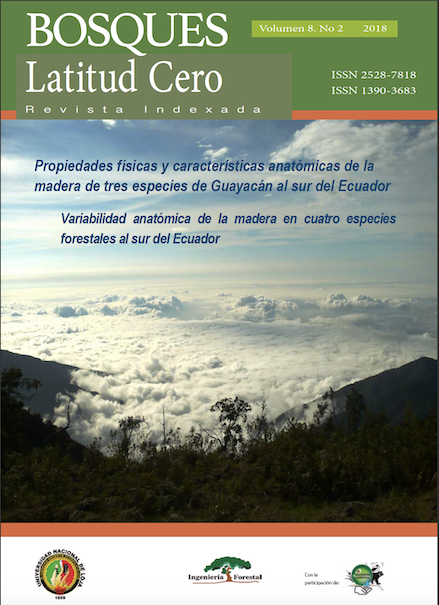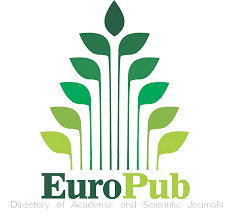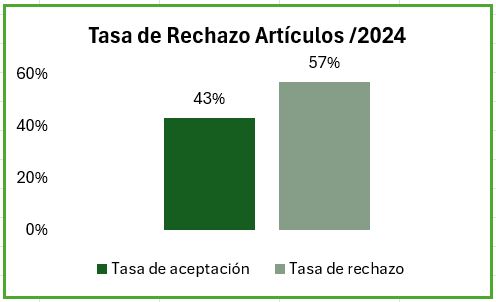Natural regeneration in altered areas and identification of potential forest species for water recovery in the microbasin of Jipiro river, Loja, Ecuador
Keywords:
potential species, natural regeneration, natural succession, diversity, similarityAbstract
This investigation was carried out in the Jipiro micro-basin, in the Loja canton; formed by three tributaries El Volcán, Sangre and El Salado, which supply about 20 % drinking water of Loja city. This study aimed to identify the species that regenerate in the Jipiro micro-basin, after se-veral years of anthropic processes which have altered the structure and composition of the ecosystem. Three categories of natural regeneration were studied in three different successional stages: category I (2-3 years), category II (5-6 years) and category III (8-10 years). In 45 sampling plots of 10 x 10 m the floristic survey of all individuals was carried out and the structural parameters of each category were calculated. The most important species were defined from the ecological point of view, that added to phenological characteristics and habit of tree growth turns them into potential species. The potential of each species was determined considering the shape of the canopy, successional status, litter pro-duction, resistance to extreme climatic conditions, depth and root shape, soil requirement and natural distribution. Ten forest species with potential for water recovery of the Jipiro micro-basin were defined: Morella pubescens, Weinmannia pinnata, Croton rimbachii, Clethra revoluta, Clusia elliptica, Alnus acuminata, Juglans neotropica, Hedyosmum racemosum, Rhamnus granulosa, Tibouchina lepidota.References
Aguirre Z. (2015). Métodos para Medir la Biodiversidad. Universidad Nacional de Loja, Ecuador.
Aguirre, Z. y Aguirre, N. (2001). Diversidad y composición florística de un área de vegetación disturbada por un incendio forestal. Tesis M. Sc. Escuela Politécnica de Chimborazo, Facultad de Recursos Naturales. Riobamba, Ecuador.
Chamba, F. (2008). Composición florística, estructura, endemismo y etnobotánica de los acuíferos ubicados entre 1000 a 2000 m s.n.m. del Cantón Paltas, Provincia de Loja. Tesis de Ing. Forestal. Universidad Nacional de Loja, Área Agropecuaria y de Recursos Naturales Renovables. Loja, Ecuador
Denslow, J. (1980). Patterns of plant species diversity during succession under different disturbance regimes. Oecología 46:18-21.
Lamprecht, H. (1990). Silvicultura en los trópicos. Traducción del Alemán por Antonio Carrillo. Alemania, GTZ.
Lee, H.; Carr, J: y Lankerani, A. (1995). Human disturbance and natural hábitat: a biome level analisis of global data set. Biodiversity and conservation 4: 128-155.
Loayza, R. A. (2017). Tesis de Ing. En Manejo y conservación del Medio Ambiente. Universidad Nacional de Loja, Área Agropecuaria y de Recursos Naturales Renovables. Loja, Ecuador,
Restrepo, J. C. y Restrepo, J. D. (2005). Efectos naturales y antrópicos en la producción de sedimentos de la cuenca del río Magdalena. Rev. Acad. Colomb. Cienc., 29 (august), 239–254.
Torres, J. (2014). Adaptación al cambio climático en zonas de montaña. Retrieved may 19, 2017, from http://www.fao.org/fileadmin/user_upload/agro_noticias/smart_ territories /docs / libr o.pdf
Velepucha, L. Hurtado, G. (1987). Estudio dendrológico y fenológico de las principales especies forestales de la subcuenca del rio Jipiro. Tesis de Ing. Forestal, Universidad Nacional de Loja, Área Agropecuaria y de Recursos Naturales Renovables. Loja, Ecuador.
Villa, N. (2009). Caracterización florística y estructura de la vegetación natural de la cuenca superior del Río Zamora-Hoya de Loja. Tesis Ingeniería en Ciencias Forestales. Loja, Ecuador.
Universidad Nacional de Loja, Carrera de Ciencias Forestales.
Zuri O, W. (2004). Manual de Planificación y Gestión participativa de Cuencas y Microcuencas. Quito, Ecuador.
Downloads
Published
How to Cite
Issue
Section
License
Copyright (c) 2018 Bosques Latitud Cero

This work is licensed under a Creative Commons Attribution-NonCommercial-ShareAlike 4.0 International License.
This work is published under the Creative Commons Attribution-NonCommercial-ShareAlike 4.0 International (CC BY-NC-SA 4.0) license. This means that users may copy, distribute, and adapt the content, provided that proper credit is given to the authors and the journal. Commercial use of the material is not permitted. Additionally, any derivative work must be distributed under the same license. This license ensures open access to knowledge, promoting the dissemination and reuse of published works for non-commercial purposes, respecting authorship, and ensuring the free circulation of content under fair terms.





























